Homemade Wine: Celebrating Our 2022 Zinfandel Harvest
Hey friends.
I’m quite pleased to announce that the 2022 Zinfandel grape harvest is complete. The moment our family has waited over six years for has finally come and the result is 32 gallons of 2022 Zinfandel Vintage currently fermenting.That should equate out to about 125 bottles of homemade wine, y'all.
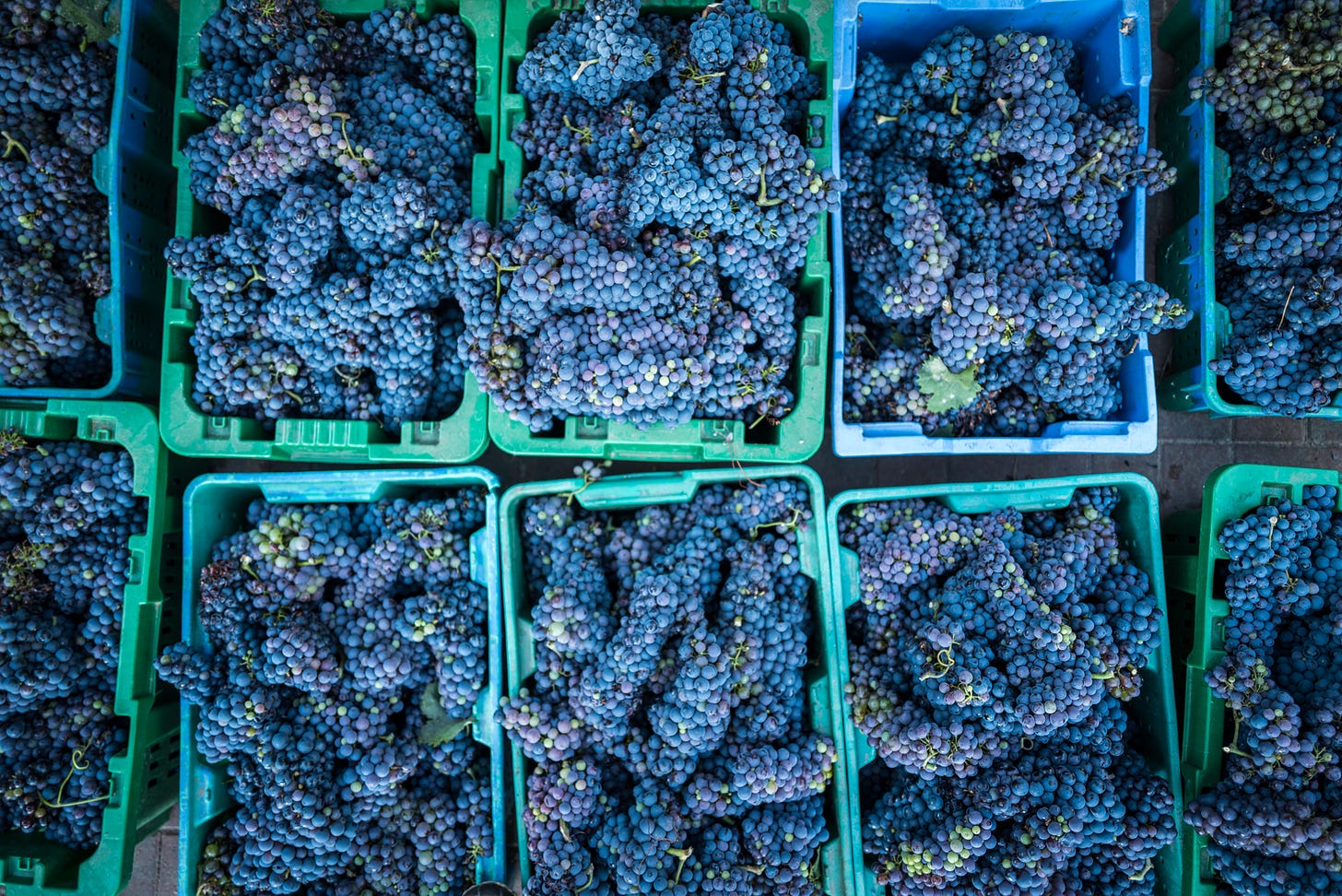
One of the first actions we took here on our small farm when we moved into the cottage six years ago was to plant a few rows of wine grapes. We chose a sunny, open area that sat about fifty feet directly in front of the kitchen window. I love to look at the vines, at all times of year, I think there is nothing prettier on the entire farm. At the time of planting, we were really enjoying old vine Zinfandel wines and so that's what we planted. Simple as that.Sometimes it's better to keep these things uncomplicated.
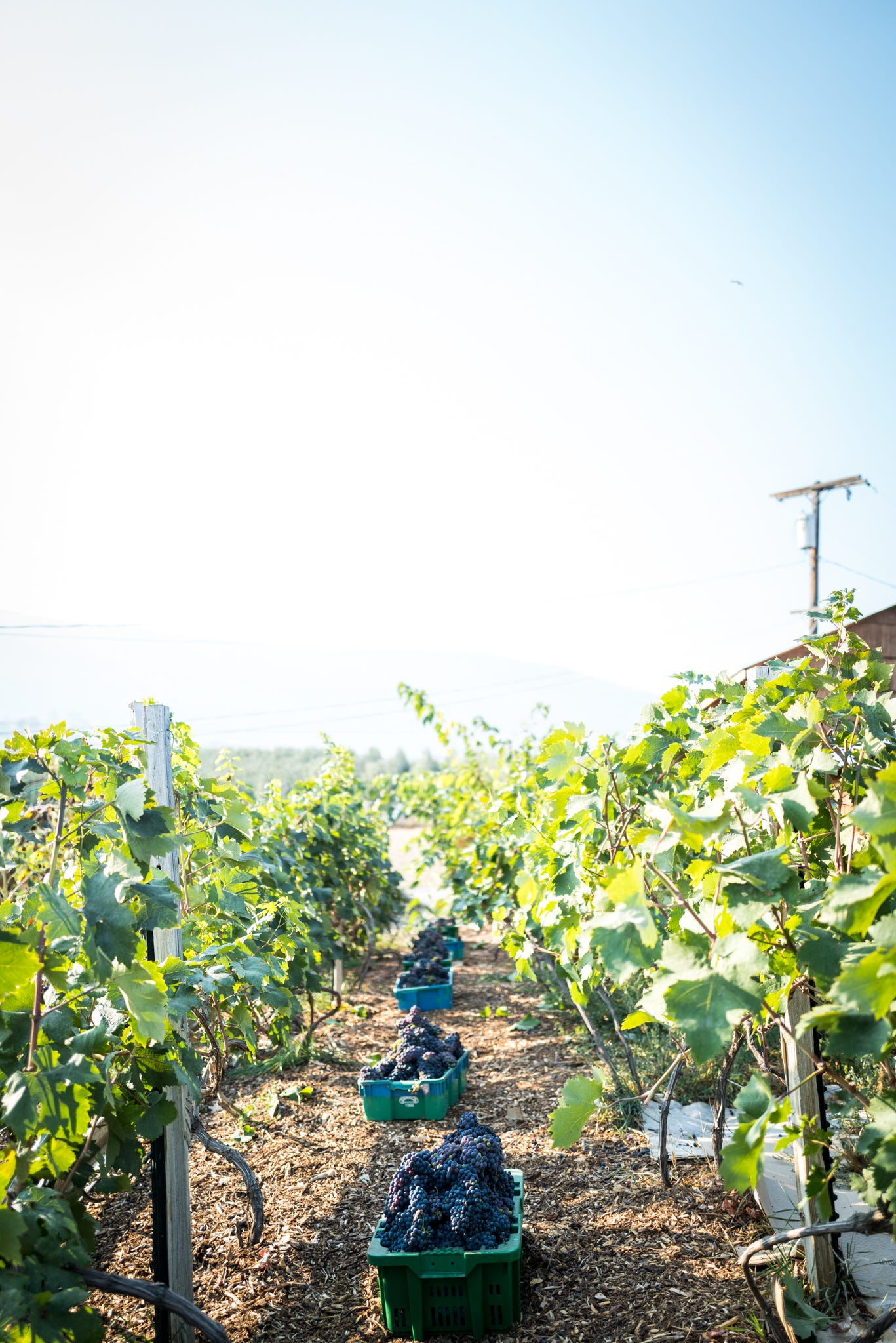
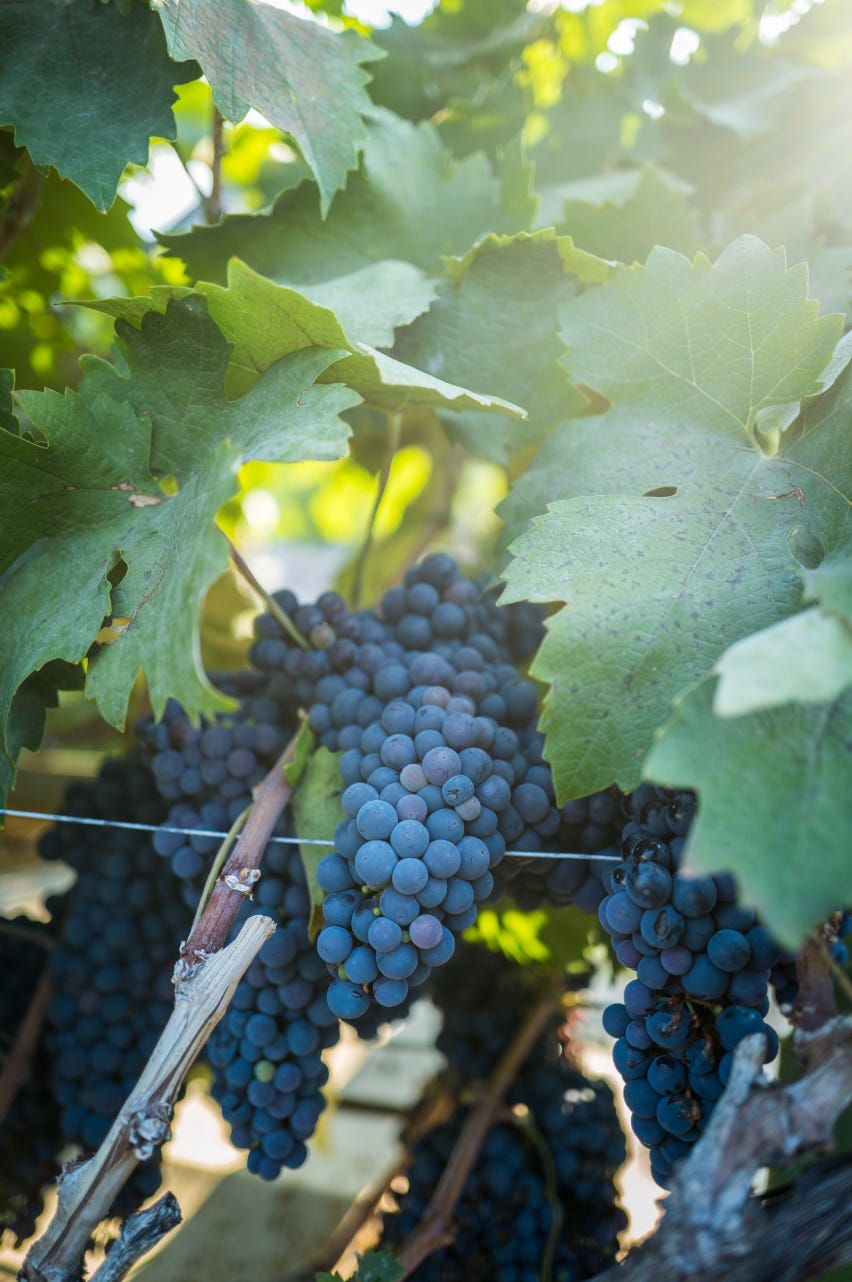
What's not so simple is learning about growing wine grapes on the fly and waiting the better part of six years for a proper harvest. That bit takes a bit more patience. The same can be said for knowing when to harvest your grapes. There are tools and techniques for testing the sugar levels in the grapes - and perhaps, now that we're finally at the point of producing, we should invest in a few of those tools. But all we had to rely on this year was the knowledge that we've acquired over the years, a bit of gardening wisdom, and our palettes. Once the stems began to turn brown, we knew we were close. We don't irrigate the grapes at all and so their flavor is very pronounced and strong. We began to watch the little brown finches that swoop in and out of the grapevines and took note of when they would stay in the vines long enough to dine on the plump grapes. Again, we knew were close.
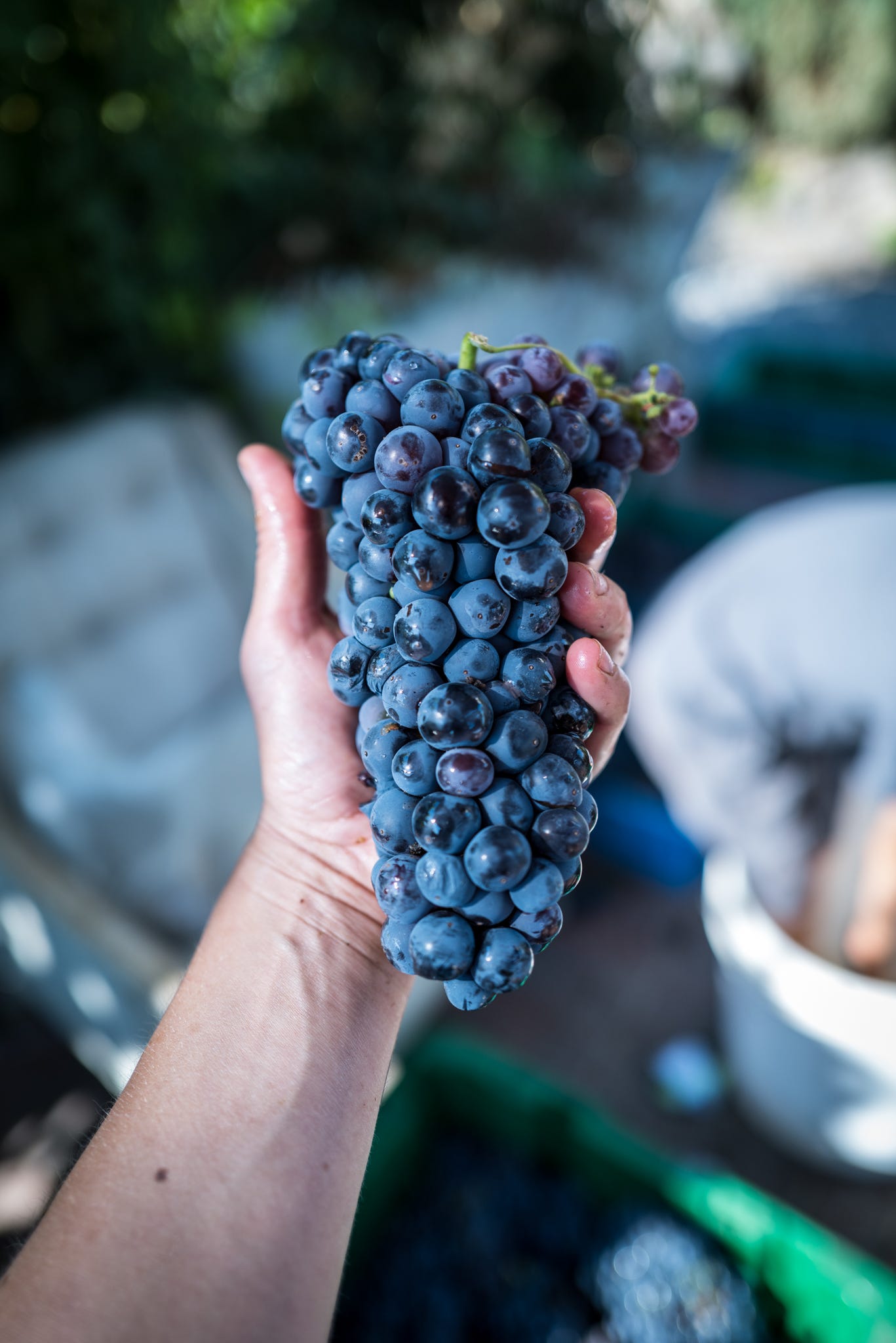
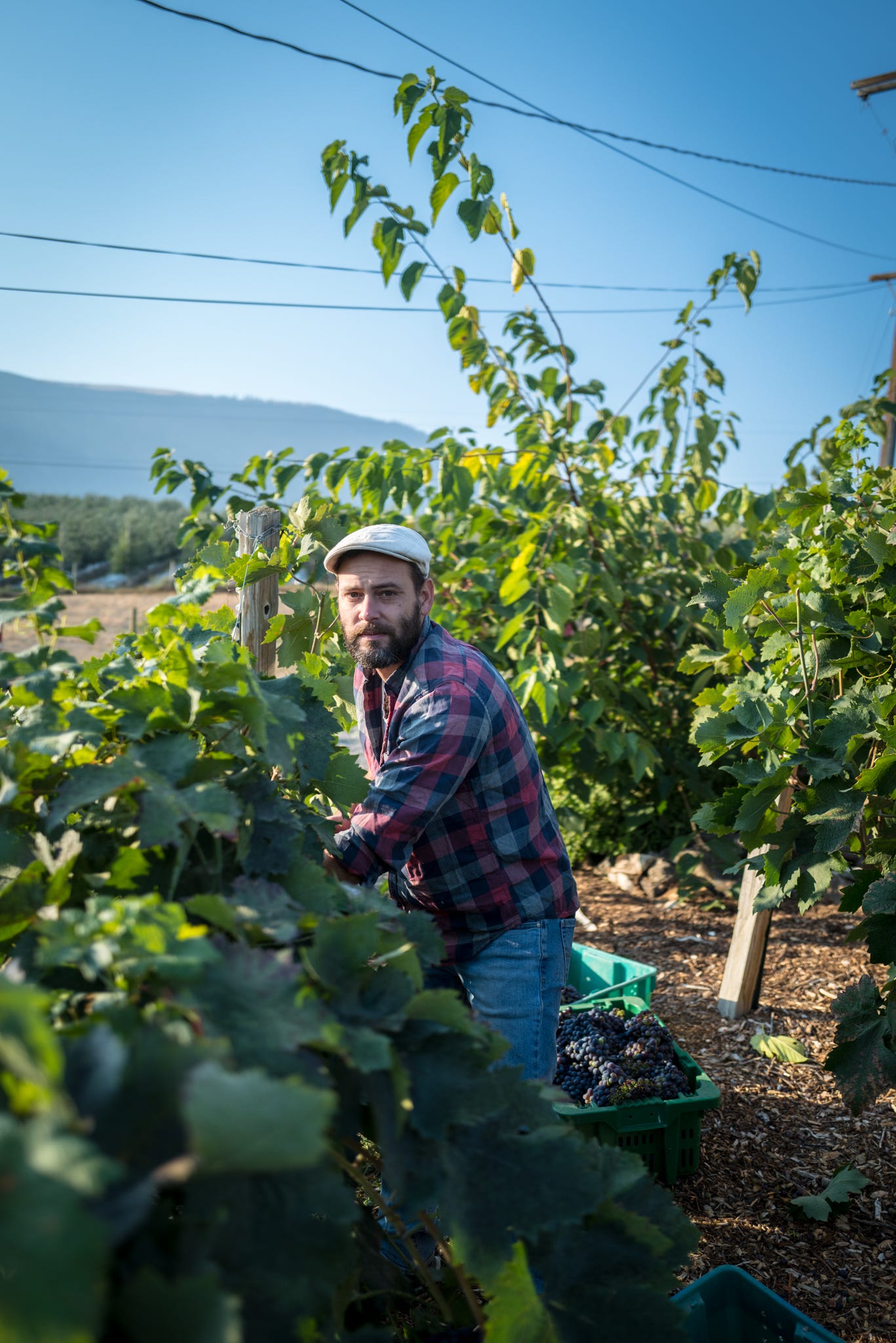
Harvesting wine grapes is an art: they must be picked with enough sugar to create the alcohol, but not so much sugar that the finished wine is too flat in flavor. Picked too soon and the wine could either not have enough sugar to make proper alcohol levels (read: the wine won't be wine or won't store as well) or could end up too tart. Taking into account weather, variation in clusters from vine to vine, insect populations (we don't spray the vines with anything at all), bird damage and consumption, color, taste, and the winemakers schedule and well, you can see how many variables could easily cause disaster in the finished wine.So we're trying our best.
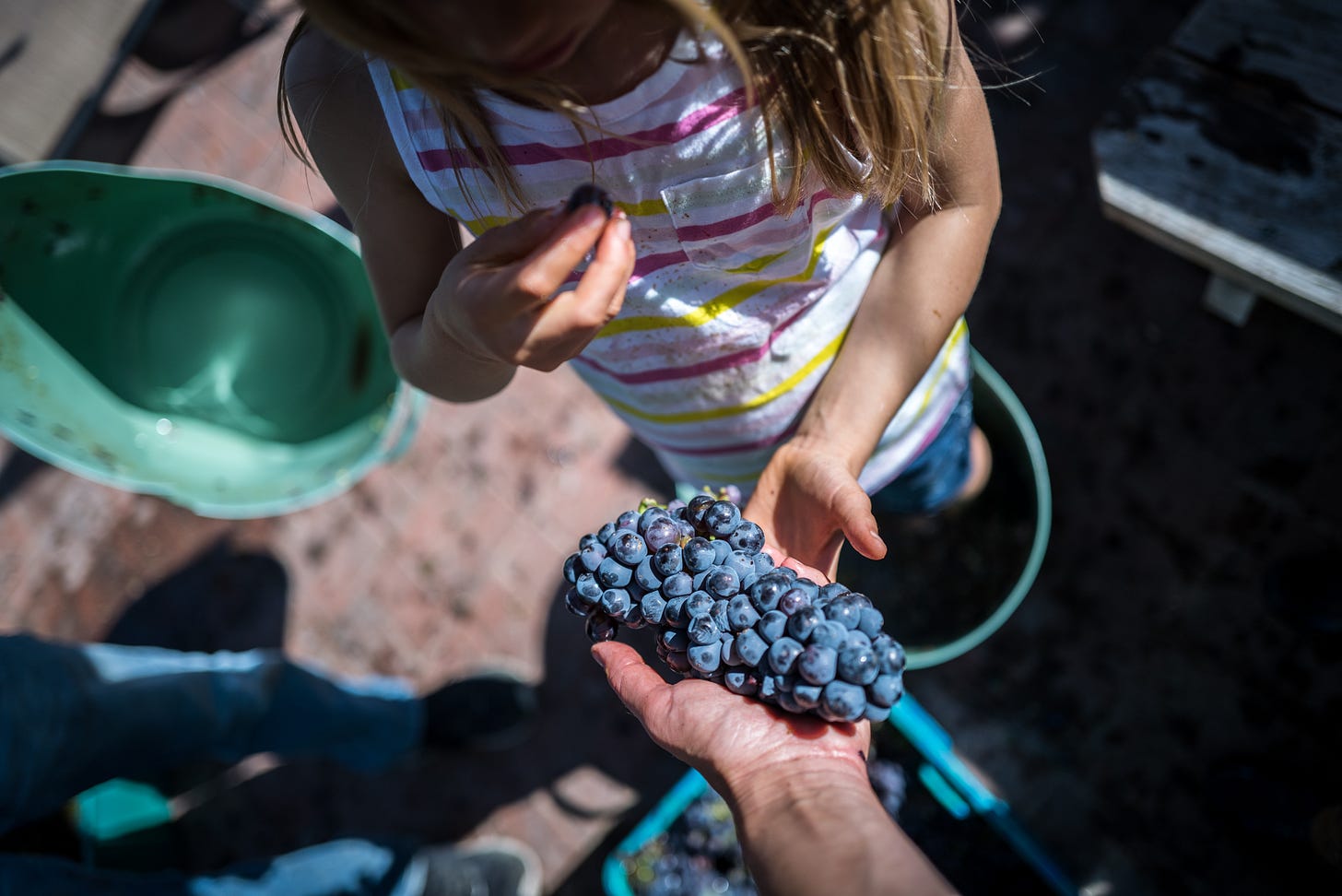
We learned quickly after harvesting the grapes that some of the clusters were too tart. The majority were perfect which is why we harvested. But it became clear that to give ourselves the best chance of success, we needed to taste each cluster individually to see if it was a "sweet" or "not sweet" cluster. Not sweet clusters were given to the chickens (which convert quickly to eggs, so really, there's no loser here). Sweet clusters were added to small totes that the children could easily mash with their feet. This is an age-old tradition, as old as wine itself. For the small home producer, there's no better way to release the juice from the skins and stems. It was a wonderful way to spend the afternoon.
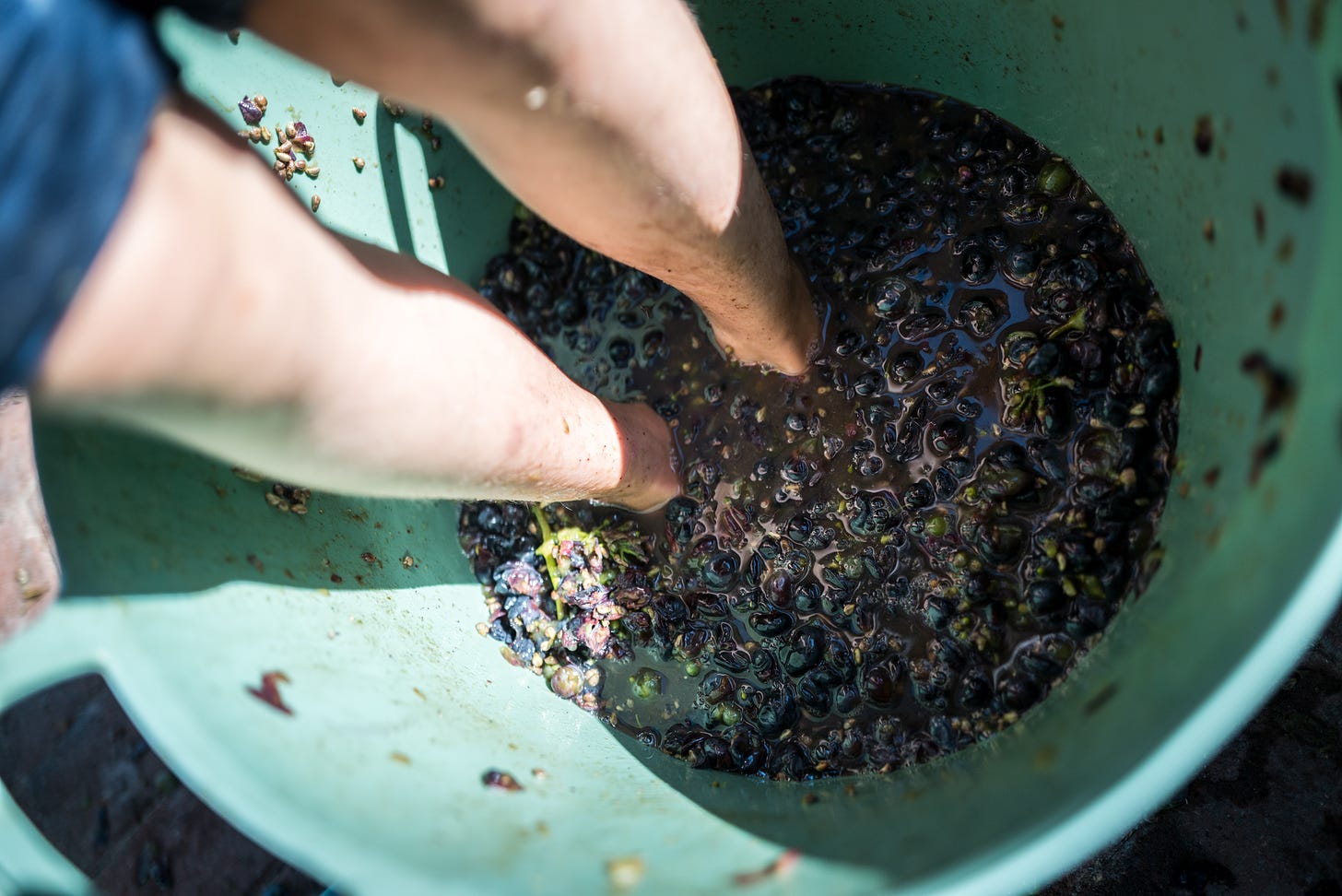
Stuart and I sorted the clusters, all of us tasting as we went along. Juliette and Will mashed up the grapes with their feet, we removed the stems, and dumped the juice, skins, and seeds into a large container. All in all, we ended up with over 32 gallons of juice. The juice from the grapes is kept with the skins and seeds in this large container for about three weeks. During that time, we are keeping a loose cover on the container so that fruit flies and bugs cannot get in but the large amount of gases being produced can escape easily. Stuart faithfully stirs the wine three times per day, which keeps any mold from forming while it ferments. After three weeks of the juice fermenting with the seeds and skins, we will strain the liquids from the solids and transfer the juice to protective glass carboys with CO2 release plugs. The wine will remain in these carboys for the next six months while it ages, matures, and turns to alcohol. At which point it will be bottled and aged for an additional period of time in our root cellar. You may have noticed from my “instructions” that there will be no additional sugar added to reach certain levels of fermentation, nor will there be any yeast added other than the native yeasts on the grapes themselves. The result is a wine that, for better or for worse, is perfectly reflective of the grape we grew. I will say, Dry Farms is much easier than this, and I’m quite grateful to have a backup should this fail miserably. Still, I can’t help but put my hand to things myself. So here we are.If you've come looking for a "how-to" post, I suggest you go back to Google and search again. This is most certainly not that post. In the twelve years since I've had this blog, I've shared many of my passions with you all, many things I do know how to do, but plenty more of my posts have been written with a heart for learning and a passion to keep learning. Like I've shared plenty of times, neither Stuart nor I came from a family that lived this lifestyle. This is something that we've grown to love as a married couple, carving out our small piece of earth here for ourselves and for our family. And one of our very favorite ways to carve out that small piece of earth is to grow things. And perhaps our favorite addition this year is learning to, essentially, grow our own wine.Hoping I can cheers to this post with a delicious glass of our 2022 Zinfandel Vintage in the future…. until then…

